What Are the 4 Steps of Nitrogen Cycle?
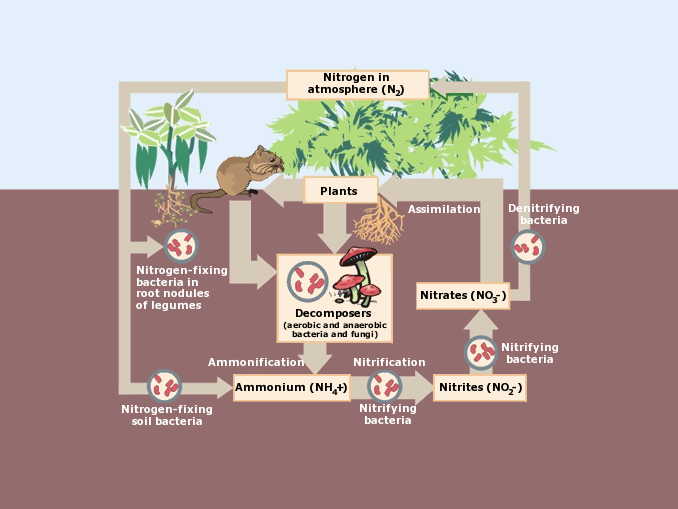
What is the nitrogen cycle?
In short, nitrogen transforms into different forms from the air to the ground:
- Nitrogen fixing converts N2 from the air into nitrates.
- In reverse, denitrification converts nitrates back to N2 as a gas.
- Finally, nitrification converts ammonia into nitrates.
The nitrogen cycle consists of 4 major steps. Let’s review nitrogen-fixing, decomposition, nitrification, and denitrification.
1. Nitrogen Fixing
There’s lots of nitrogen in the atmosphere. In fact, nitrogen makes up about 78% of the air. But it’s not very good at reacting because its bond between atoms is strong.
Plants and animals need nitrogen to make proteins but they cannot take it in from the air. Because nitrogen is unreactive as a gas, it has to be transformed into a new molecule. When bacteria in the soil take nitrogen from the air, it becomes nitrates. Finally, it can move through the food chain in this form.
For example, legumes like clovers, peas, and beans, their roots can take N2 from the air and transform it into another form called nitrates. In addition, lightning transforms N2 into NO2, which goes into the soil to form nitrates. Also, synthetic fertilizer from farming can bring nitrate to the soil.
Overall, nitrogen fixation takes nitrogen from the air and fixes it into a usable form. Nitrogen is essential for building amino acids which are building blocks for DNA and RNA. Nitrogen is used to make amino acids for growth.
2. Decomposition and Ammonification

After nitrogen fixation, the roots of plants absorb the nitrate. In the plant, they are in the form of proteins and nucleic acids. In turn, animals eat these plants and break them down.
When animals produce waste or die, this waste decays and bacteria consume this dead organic matter. As a result, the nitrogen in this waste is in the form of ammonium (NH4+).
This is a key process in the nutrient cycle that constantly exchanges inorganic and organic matter back and forth in an environment. Without the nutrient cycle, the remains of dead plants and animals would accumulate on the forest floor.
3. Nitrification
However, it’s difficult for plants to use ammonium. So, this waste (ammonium) is again broken down by bacteria through a process called nitrification. Nitrification takes the ammonium and transforms it into nitrates in the soil. Again, plants can absorb nitrate and move through the food chain.
If you deplete the soil of nitrogen, this deprives the plants of growing. Because bacteria convert dead plant material to nitrates, plants absorb it as food. It’s true that plants grow from the top down.
In other words, it uses water and carbon dioxide from the air to grow. But you can’t remove key nutrients like nitrogen (N), phosphorus (P), and potassium (K) either.
4. Denitrifying Bacteria
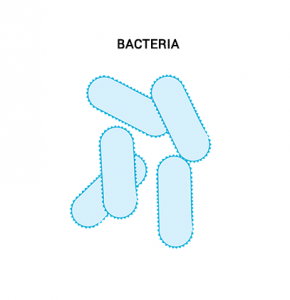
But we need nitrogen back in the atmosphere, so we use another type of bacteria. There is a whole different process that does this. Through the denitrification process, nitrates are converted to nitrogen gas again.
So it leaves the soil to go back into the atmosphere. Overall, denitrification turns nitrates (NO3) in the soil into nitrogen (N2) which is returned to the air.
Overall, denitrification is a crucial natural process within the Earth’s nitrogen cycle that plays a pivotal role in maintaining the balance of nitrogen in ecosystems.
Highlights of the nitrogen cycle
This whole cycle of how nitrogen transforms into different forms continues. Bacteria is essential in this process, as well as in each process.
- Nitrification converts ammonia into nitrates.
- Denitrification converts nitrates to N2.
- Nitrogen fixing converts N2 into nitrates.
The nitrogen cycle continues with these key three processes. Not only is it a key ingredient for the roots of plants, but it’s essential in the food chain.
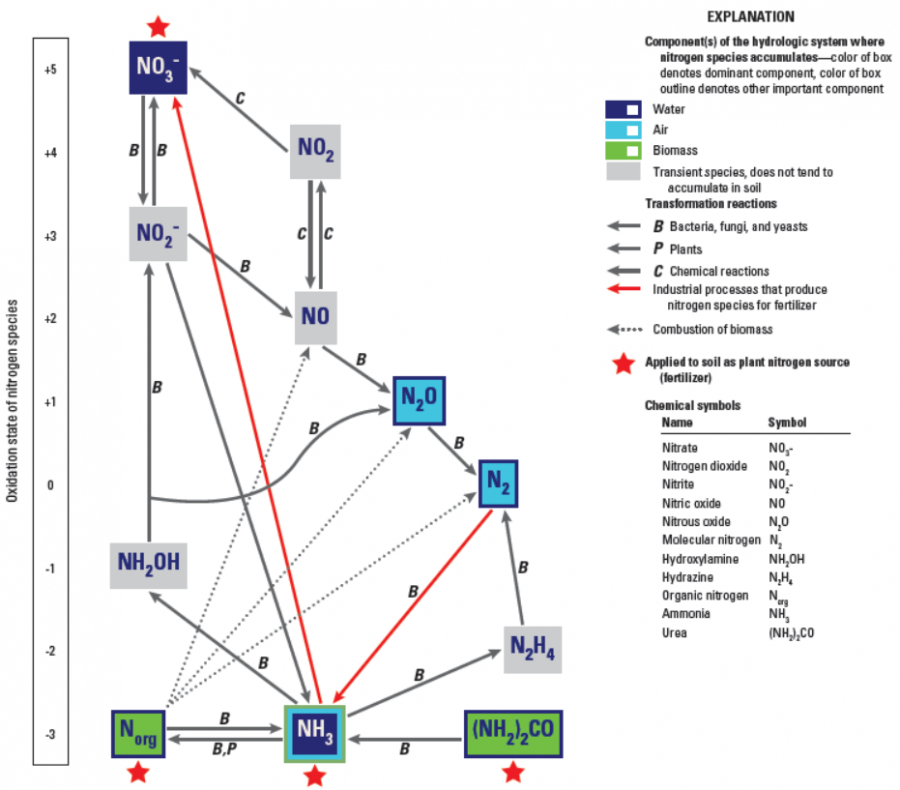
What Are the 4 Steps of the Nitrogen Cycle?
The nitrogen cycle is a natural process that takes place in nature and has always been crucial for lifeforms on this planet.
The nitrogen cycle is a natural process where nitrogen compounds in the atmosphere are converted into forms that can be used by living organisms, such as plants.
These organisms, in turn, return nitrogen to the atmosphere through various processes like nitrogen fixation, nitrification, assimilation, and denitrification, creating a continuous cycle that sustains life on Earth.
Or if you just want to drop us a comment, then use the form below to get in touch with the EarthHow crew.
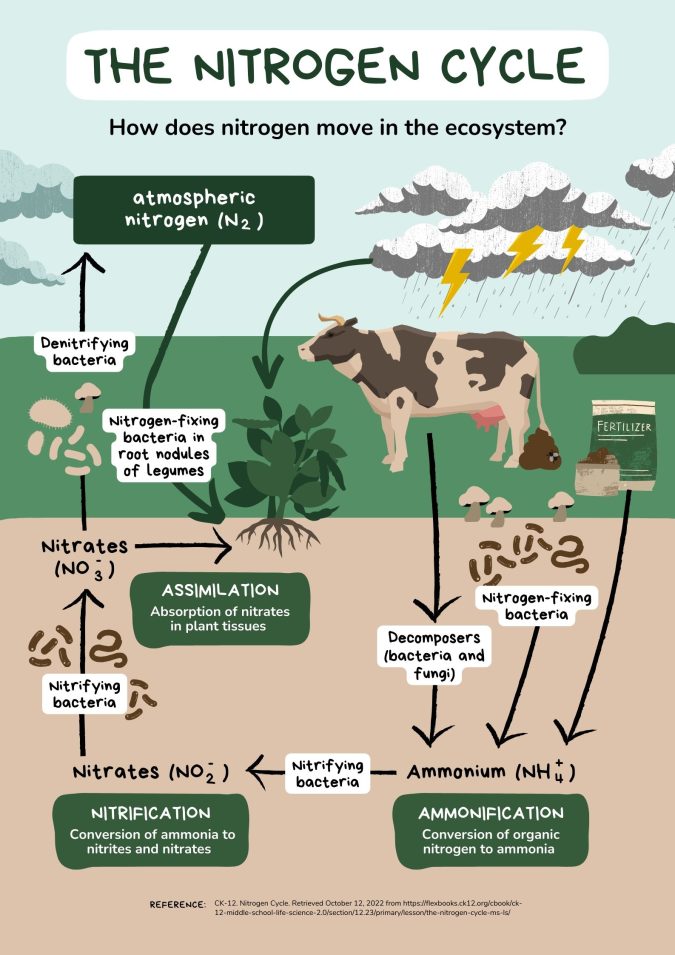


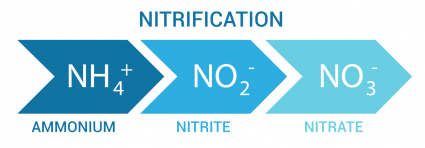
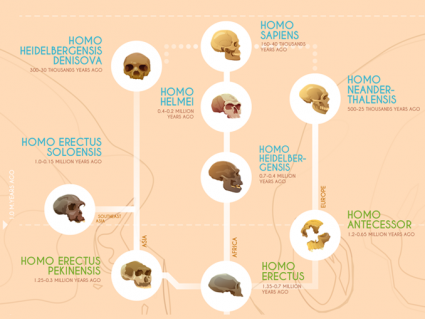
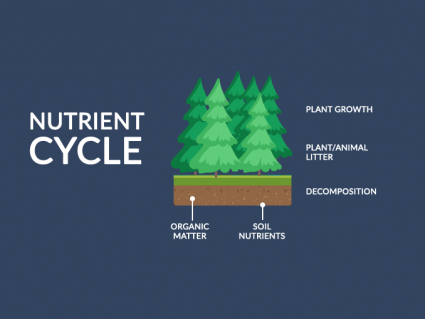
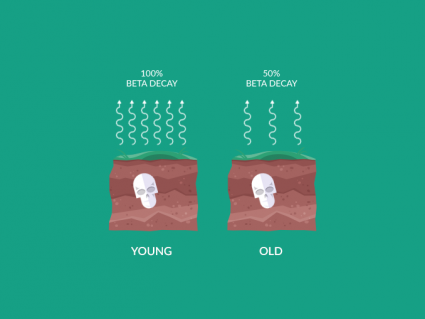
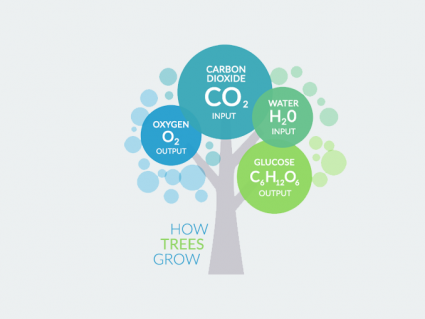
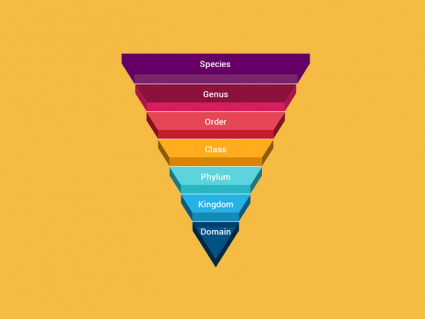

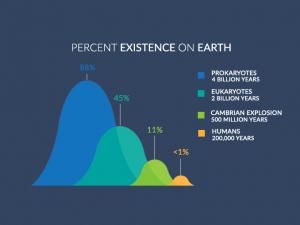

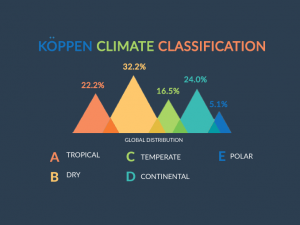

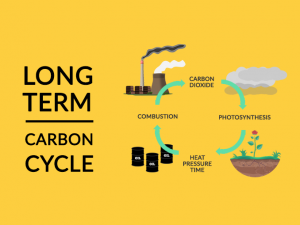
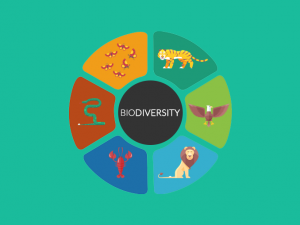


This is crazy. Such a complex chemical process that both puts the needed Nitrogen from the air into the soil. And then another chemical process takes the nitrates in the soil and turns it back into Nitrogen gas that goes back into the air. Add how plants take carbon dioxide and turn it into Oxygen and you have circular process where nothing is lost. Just simply converted into other forms. Do we really think something so perfect and complex of a system and a process really just happened “randomly”? Without this Nitrogen and Carbon Dioxide process from plants life on earth would not exist. Cool stuff.
I really appreciate that I can now fully understand the concept of the nitrogen cycle as an agriculture student.
Bad english, at times factually wrong at a very basic level.
For example: When bacteria in the soil take nitrogen from the air, it DOES NOT “become” nitrates. They produce ammonium.
You give a decent overview however.
Good content. Easy to understand. It has helped me a lot.
Thanks much.
Thanks a lot. Am understanding the nitrogen cycle clearly
Merci beaucoup. Tres bien
Very good explanation
It really helped me a lot in understanding nitrogen cycle
I’m not a scientist, but this is a wonderfully easy to follow explanation, which now enables me to pass this on to a student I’m working with.
Thank you- much appreciated!